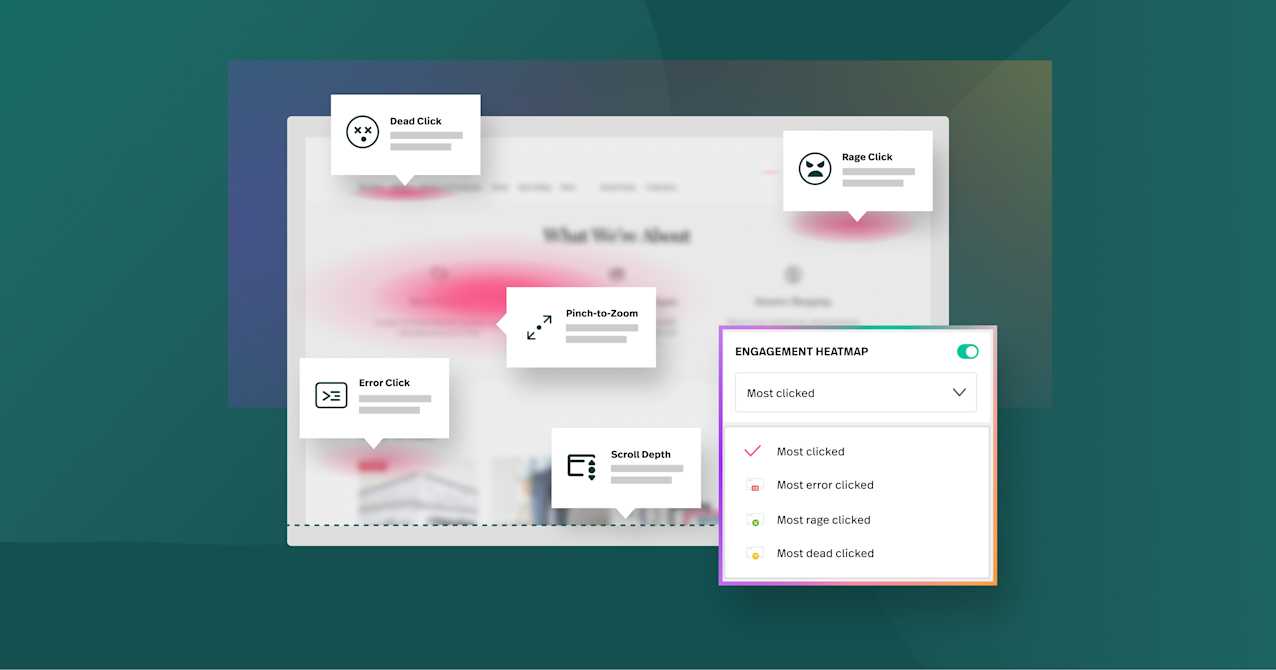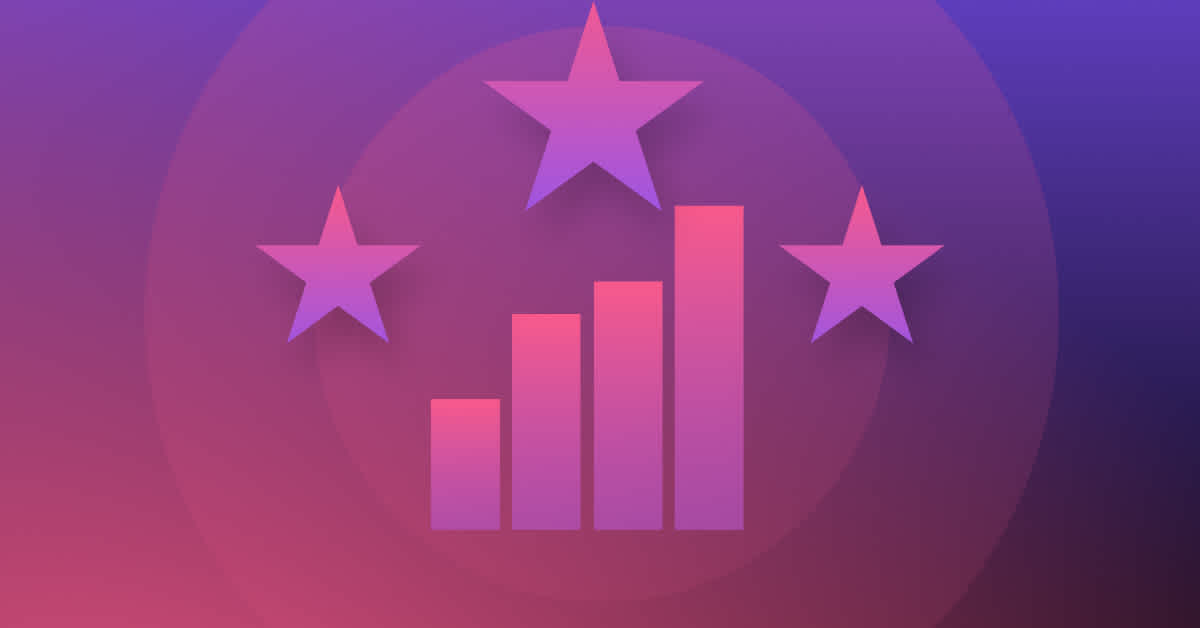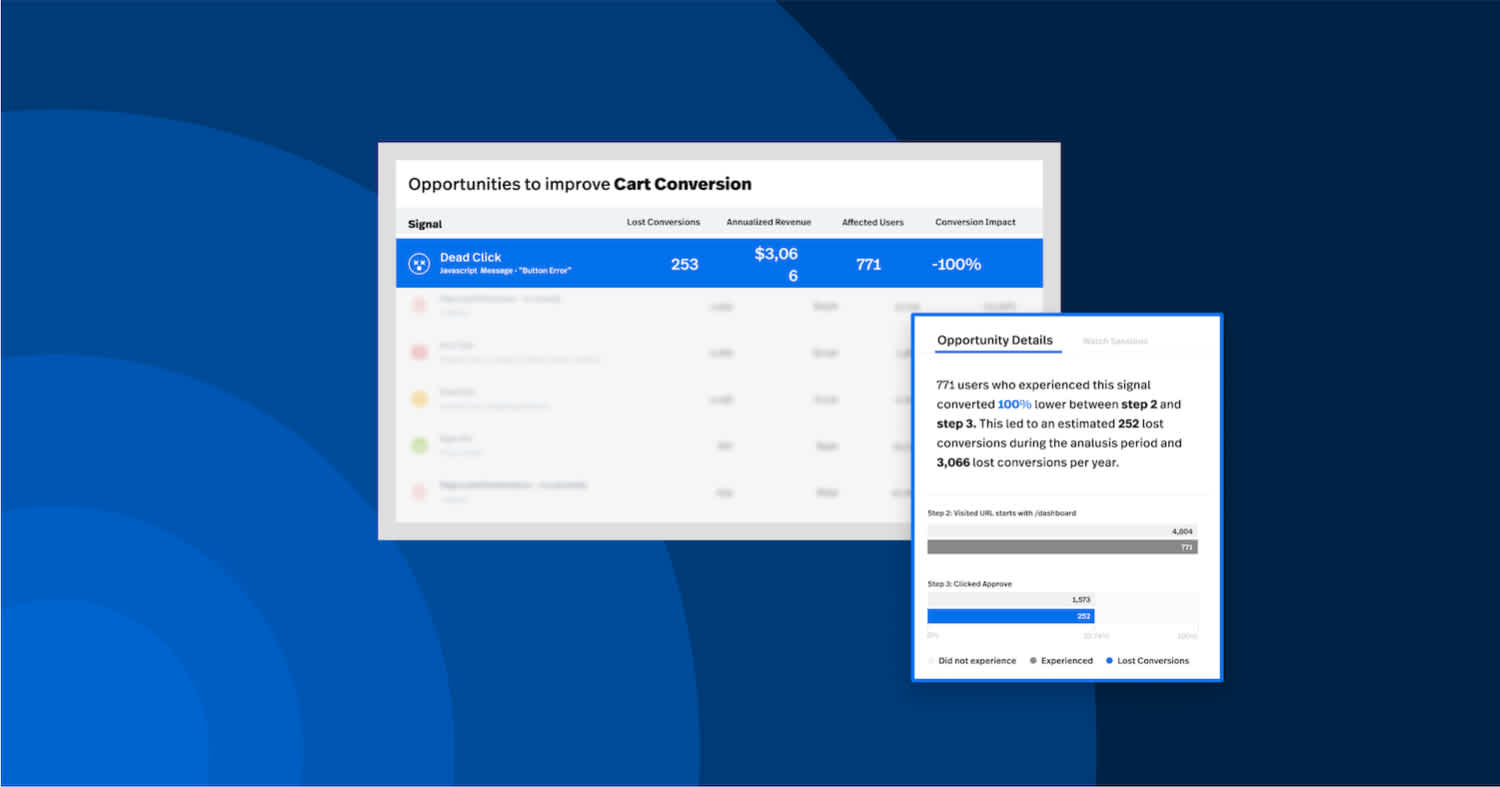Say hello to customer analytics, offering a treasure trove of insights from a mix of sources.
But this is not just about collecting data; it's about unlocking the stories hidden within. By understanding the journey your customers take, you're equipped with the tools to refine your offerings, elevate their experiences, and yes, tackle the inevitable challenges like data quality, privacy concerns, and the seamless integration of this knowledge into your strategies.
Key takeaways
Customer analytics helps businesses understand customer preferences and behaviors to optimize marketing and sales strategies.
Data collection and analysis are essential for identifying patterns and trends in the customer journey.
Businesses must address data quality, privacy, and integration challenges when using customer analytics.
What is customer analytics?
Customer analytics describes the process of systematically examining and interpreting data related to customer behavior, preferences, and engagement patterns.
It involves leveraging various analytical techniques, including data mining, predictive modeling, and machine learning, to uncover insights that inform strategic decisions.
Analyzing customer interactions across multiple touchpoints and platforms allows businesses to optimize marketing strategies, enhance customer experiences, and drive sustainable growth.
It's essential to gather data from various sources such as websites, mobile apps, social media, and customer feedback surveys. By analyzing this information, you can identify patterns and trends that reveal valuable information about your customers.
6 types of customer analytics
Customer analytics empower teams to make informed business decisions, personalize customer experiences, and drive loyalty and growth.
Let's look a bit deeper into six key types of customer analytics that can transform how you connect with your audience.
1. Customer acquisition analytics
Customer acquisition analytics focus on understanding how new customers find and choose your business. These insights help in optimizing marketing strategies and increasing the effectiveness of acquisition campaigns.
For example, a business might analyze data from various marketing channels to identify which ones are most efficient in attracting new customers, enabling a more targeted allocation of resources.
2. Customer segmentation analytics
Segmentation analytics break down your customer base into distinct groups based on shared characteristics like demographics, purchasing behaviors, or product preferences. This type of customer data analysis allows for more personalized marketing efforts.
For example, a retail company might use segmentation analytics to identify a group of high-value customers who frequently purchase premium products and then target them with specialized offers.
3. Customer engagement analytics
Engagement analytics measure how actively involved your customers are with your brand across various touchpoints. This can include website visits, social media interactions, and email opens.
For instance, a software company might track how users interact with its application features to determine which ones are most engaging and thus prioritize future development efforts.
4. Customer satisfaction analytics
Satisfaction analytics assess how happy customers are with your products, services, and overall brand experience. Surveys, feedback forms, and review analyses are common methods used.
An e-commerce platform could analyze customer reviews and ratings to identify areas of improvement in product quality or customer service.
5. Customer retention analytics
Retention analytics focuses on understanding why customers continue to choose your brand and what factors contribute to loyalty. This includes analyzing repeat purchase rates and customer lifecycle behaviors.
A subscription-based service might use retention analytics to identify the key factors that lead to subscription renewals and focus on enhancing those aspects.
6. Customer lifetime value analytics
Customer Lifetime Value (CLV) analytics predict the total value a customer will bring to your business over the entirety of their relationship with you. This helps in identifying the most valuable customers and optimizing resource allocation accordingly.
A financial services company might use CLV analytics to prioritize relationship management efforts for clients projected to have the highest long-term value.
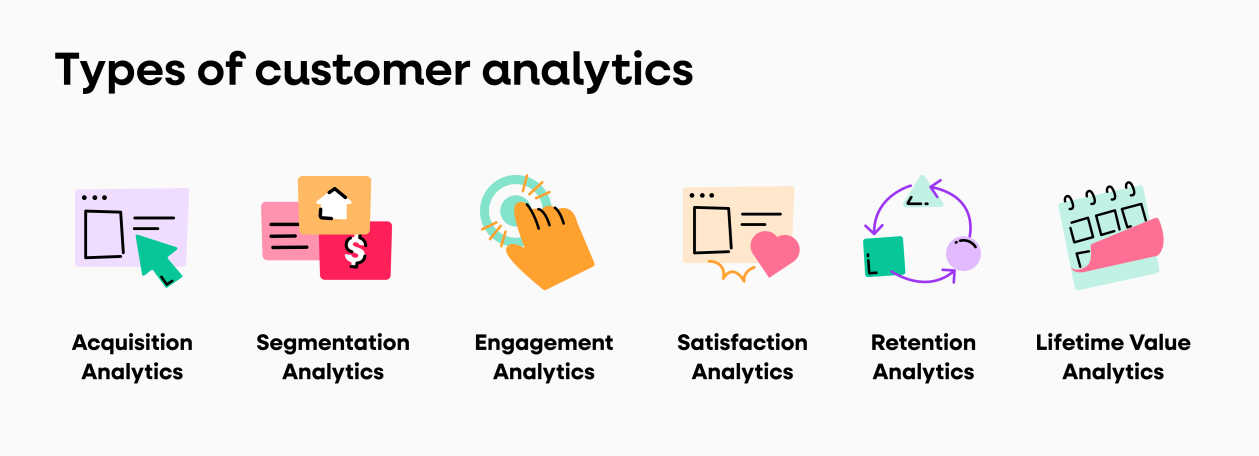
Applying customer analytics
To get started, you can use customer analytics to improve your business and:
Identify your target customers: By analyzing customer data, you can identify the demographics and preferences of your most valuable customers and focus your marketing efforts on them.
Optimize your marketing campaigns: Use the insights gained from customer analytics to tailor your campaigns, ensuring that they resonate with your customers and drive engagement.
Personalize your customer service: Analyzing your customers' preferences and behaviors will allow you to offer a more personalized experience, making them feel valued and boosting loyalty.
Track your social media campaigns: With customer analytics, you can track the performance of your social media campaigns and adjust your strategies accordingly.
Types of customer data
Every interaction with a customer, from logging into your website to the more detailed aspects of their profile, is a data point. This data is invaluable in understanding who your customers are and how they interact with your brand. Let’s simplify and look at the main types of customer data and why they matter.
Personal data
Personal data covers the essentials about your customers, encompassing information that identifies an individual or is directly associated with them. It's straightforward but critical for personalizing experiences and ensuring transactions are smooth.
Examples of personal data include:
Name, birth dates, street address
Email address
Payment details
Engagement data
Engagement data (or interaction data) tracks how customers interact with your brand and content across various platforms. It’s about seeing where and how customers engage most.
Examples of engagement data include:
Email open rates
Click-through rates
Social media likes and shares
Behavioral data
Behavioral data reveals the actions and patterns of customers as they interact with a company's products or services. It allows teams to predict customer behavior, understand preferences, and improve product offerings.
Examples of behavioral data include:
Website visits and browsing behavior
Purchase history
App usage statistics
Attitudinal data
Attitudinal data captures customers' feelings towards your brand, including satisfaction levels, sentiments, and their purchase criteria. It’s about getting into the minds of your customers to align your offerings with their expectations better.
Examples of attitudinal data include:
Purchase criteria
Customer satisfaction
User sentiment

Stages of collecting and storing customer data
Let's distill the customer data journey into four main stages to understand your audience's preferences and actions clearly.
Data collection
To start collecting customer data, you need to gather information from various touch points such as websites, apps, social media, and customer surveys. This will help you understand your customers' preferences, behaviors, and needs.
Some valuable sources of customer data include demographic details, purchase history, and website behavior metrics. Be sure to use various methods like online surveys, behavior tracking tools, and preference indicators to gather a comprehensive view of your customers.
Data sorting
Once you have collected the data, it's important to sort and filter it in order to focus on the most relevant information. You can segment your data based on factors like demographics, purchase history, and user preferences. This will help you target specific customer segments and tailor your marketing strategies
Make use of predictive analytics to forecast future customer behaviors and preferences, making it easier for you to engage with your audience effectively.
Data storage
Properly storing the customer data you've collected ensures its security and accessibility. Various customer data platforms (CDPs) are available that are specifically designed to store and manage customer data securely. By using a CDP, you'll be able to access and consolidate data from various sources, making insights easier to uncover.
Be sure to always comply with data privacy regulations in your region, like GDPR (for Europe) or CCPA (for California), when handling customer information.
Data analysis
The final step is to analyze the collected and stored data, so you can make informed decisions that benefit both your customers and your business. Metrics such as Customer Lifetime Value (CLV), Net Promoter Score (NPS), and user engagement can provide valuable insights.
Tools like Google Analytics, Adobe Analytics, and Fullstory are useful for understanding customer behavior data on your site or app.
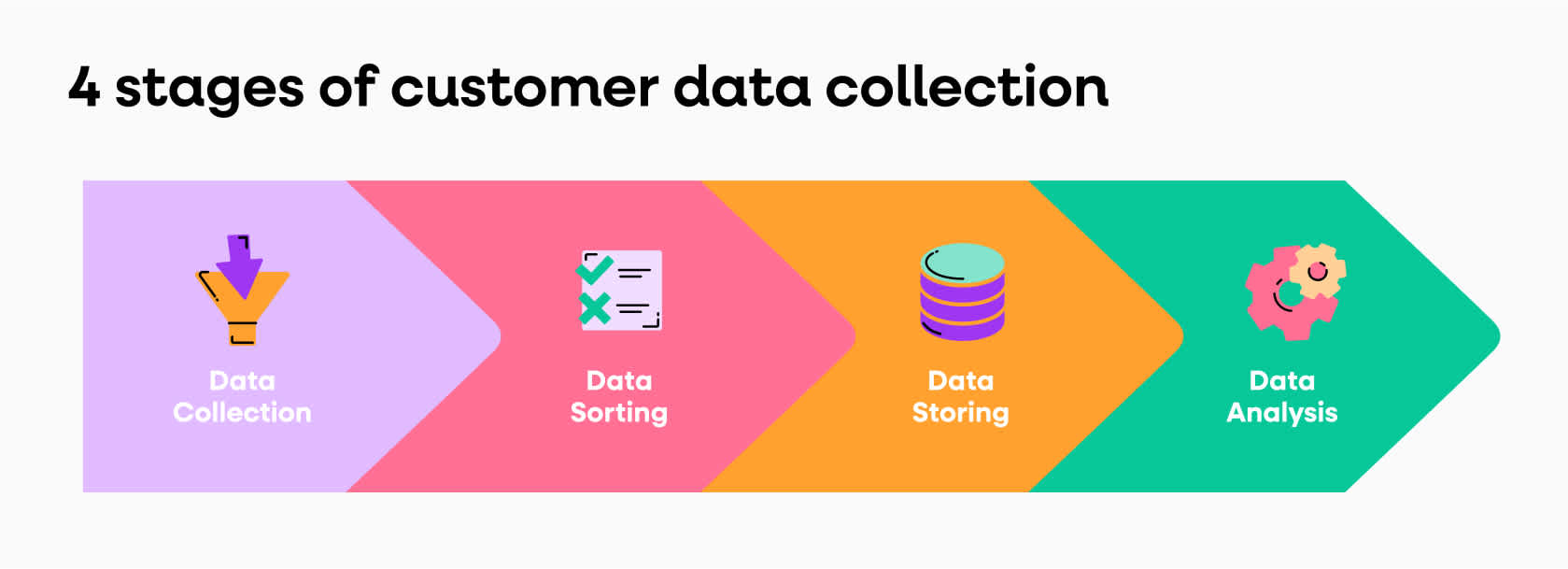
Implementing customer analytics
Getting started with customer analytics is about understanding your customers better and ensuring your strategies align with their needs.
Let's take a quick look at making the most out of customer analytics to improve those all-important customer relationships.
Best practices and strategies
When implementing customer analytics in your business, it's important to follow four simple best practices to ensure success.
Know your customers: Segmenting customers based on their behavior patterns, demographic data, or product preferences, you can tailor your campaign to suit their individual needs and preferences.
Keep your customers close: Customer retention strategies also play a crucial role in optimizing your data analytics efforts. By identifying trends, patterns, and triggers that lead to customer churn, you can take proactive steps to prevent it, increasing customer loyalty and reducing customer acquisition costs.
Visualize your data: When it comes to data visualization, don't underestimate the power of a well-designed dashboard. Clear and concise visuals will allow you to understand your customer data better, identify opportunities, and communicate your insights more effectively with your team members.
Valuable integrations and tools
Effective customer analytics strategies require seamless integration of various tools and technologies. A well-designed customer analytics tools ecosystem will help you collect, analyze, and report on customer data more efficiently.
Consider incorporating popular customer relationship management (CRM) solutions that can better manage customer data across various touchpoints.
Additionally, investing in tools that specialize in predictive customer analytics, for example, can give you insights into future customer behavior, allowing you to make data-driven business decisions for marketing campaigns, customer retention, or product development.
Challenges of customer analytics
Implementing customer analytics comes with its challenges. Here, we'll outline three key obstacles and offer strategies to navigate them effectively, keeping your analytics efforts compliant and impactful.
1. Cookies and privacy concerns
With the increasing reliance on customer analytics, it's crucial to ensure that your organization is managing cookies and user data responsibly. This is because these tools often involve the collection of personal data, which can raise privacy concerns among customers.
Always be transparent about the data you're collecting and how it's being used. Furthermore, it's essential to comply with relevant data protection regulations, such as GDPR and CCPA, to avoid facing potential legal issues.
2. Security and ethical considerations
Another challenge in customer analytics strategies involves addressing security concerns. Ensuring that your customer's personal data is kept safe and secure should be a top priority.
Invest in robust cybersecurity measures and follow best practices for data management and storage. In addition to security, it's critical to consider the ethical implications of customer data usage, such as avoiding biased algorithms or discriminating against certain customer segments.
3. Cost and ROI analysis
The cost of customer analytics software can vary, making it essential for businesses, particularly small ones, to assess the potential return on investment (ROI) before committing to these strategies.
Consider factors like the cost of employing data analysts, software, and infrastructure needed to support your analytics initiatives.
When assessing the profitability of your customer analytics efforts, keep in mind that it may take time to see tangible results. Factors that can contribute to a higher ROI include increased customer loyalty, improved targeting for marketing campaigns, and enhanced decision-making.
Here are some tips to help you better assess the ROI of your customer analytics investments:
Establish clear objectives and metrics for your analytics efforts.
Regularly monitor the impact on key performance indicators (KPIs), such as revenue, retention, and customer satisfaction.
Continuously evaluate and adjust your analytics strategy as needed.
Collaborating with a customer data analytics partner can also provide access to advanced capabilities and insights, allowing for more effective data-driven strategies.
Customer analytics holds the key to personalized customer experience
Getting into customer analytics is pretty straightforward—simply put, it’s all about understanding your customers better to make smarter business decisions.
It's like having a direct line to what your customers are thinking and wanting. Sure, there's a bit of a learning curve with the tools and data, but the insights you gain are invaluable. They help you fine-tune your marketing, improve your products, and ultimately, keep your customers coming back for more.
Think of it this way: every bit of customer feedback, every purchase, and every click they make is a piece of the puzzle. And while piecing it all together might seem challenging, it’s definitely worth it. The better you understand your customers, the more you can tailor your offerings to meet their needs.
